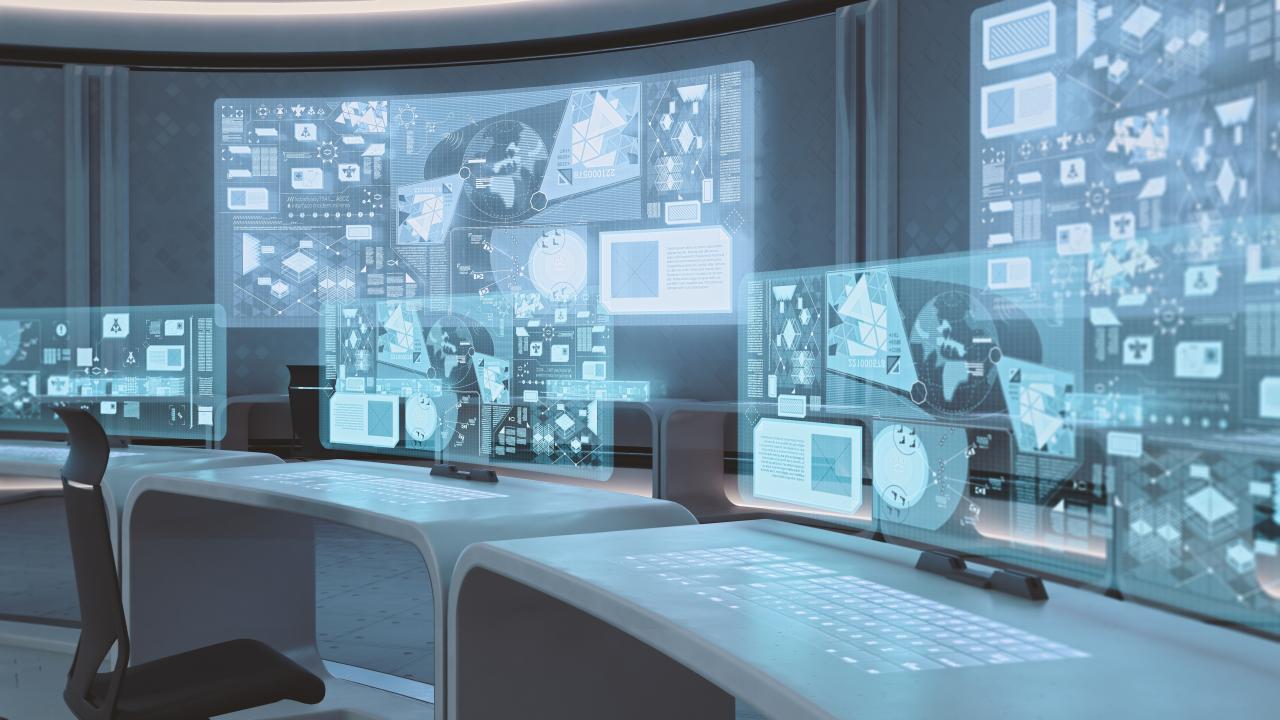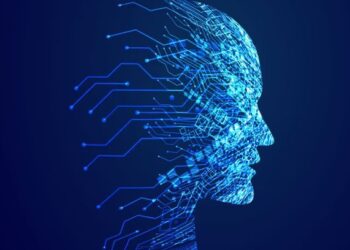For generations, the structure of work remained largely unchanged: employees commuted to a central office, worked from 9 to 5, and their productivity was often measured by the hours spent at their desk. This rigid model, once considered the bedrock of professional life, is rapidly becoming a relic of the past. A new paradigm is emerging, driven by a convergence of technological innovation and a global re-evaluation of how we live and work. The future of work is not just remote; it is fully digital, untethered from physical locations and reimagined for an era of unprecedented flexibility and connectivity. This article will explore the core pillars that are making a fully digital work environment possible, examine the significant benefits it offers to both businesses and individuals, and address the critical challenges that must be navigated to ensure a smooth and sustainable transition.
The catalysts for this shift were numerous, but the global events of recent years served as a powerful accelerator, forcing businesses of all sizes to adopt remote work models almost overnight. What began as a temporary necessity has evolved into a strategic advantage, proving that productivity doesn’t require physical proximity. Instead of relying on a single, centralized office, companies are now leveraging a distributed network of talent, powered by cutting-edge technology. This transformation is not merely about using video conferencing; it’s about a complete philosophical overhaul of how we collaborate, manage projects, and foster a company culture in a virtual space.
A. The Pillars of a Fully Digital Workplace
A fully digital work environment is built on a foundation of technology and new operational philosophies. Without these key components, the model would crumble.
A. Advanced Remote Collaboration Tools: At the heart of the digital office are the tools that enable seamless communication and teamwork. Platforms like Slack and Microsoft Teams have become the virtual watercoolers, allowing for real-time messaging, file sharing, and project-specific conversations. Video conferencing services such as Zoom and Google Meet facilitate virtual face-to-face meetings, replicating the dynamics of a boardroom without the geographical constraints. These tools don’t just mimic in-person interaction; they often enhance it by providing features like screen sharing, digital whiteboards, and real-time polling that can streamline meetings and make them more productive.
B. Ubiquitous Cloud Computing: The cloud is the digital backbone of the new workplace. Services like Google Drive, Dropbox, and Microsoft OneDrive have made it possible to access documents, spreadsheets, and presentations from any device, anywhere in the world. This eliminates the need for physical servers and local file storage, ensuring that all employees are working from the most current version of a document. Cloud-based applications, from customer relationship management (CRM) software to enterprise resource planning (ERP) systems, are now the norm, allowing teams to collaborate on complex projects without being in the same room.
C. Streamlined Project Management and Automation: Managing a distributed team requires a high level of organization and transparency. Platforms like Asana, Trello, and Jira provide a centralized hub for project management, allowing managers to assign tasks, track progress, and monitor deadlines in real-time. This focus on outcomes, rather than on hours spent in the office, is a hallmark of a mature digital workplace. Furthermore, automation tools, powered by artificial intelligence and machine learning, are eliminating repetitive manual tasks. For instance, a sales team might use an AI tool to automatically qualify leads, while a marketing team could automate social media posting schedules. This efficiency allows employees to dedicate more time to creative and strategic work.
D. Robust Cybersecurity Infrastructure: As the workplace becomes more distributed, so do the security risks. A fully digital environment requires a sophisticated and proactive cybersecurity strategy. Employees working from home often use unsecure personal networks, making them vulnerable to attacks. Companies must implement technologies like Virtual Private Networks (VPNs) to create a secure tunnel for data transmission. Furthermore, a focus on multi-factor authentication (MFA), regular security training for employees, and centralized endpoint management is critical to protecting sensitive company data from a wide range of cyber threats.
B. The Significant Benefits of Digital Work
The shift to a fully digital work model is not just a technological change; it’s a strategic move that offers compelling advantages for both companies and their employees.
A. Increased Productivity and Efficiency: Contrary to the fears of many managers, remote work often leads to higher productivity. By eliminating long, stressful commutes, employees have more time and energy to dedicate to their work. They can also customize their schedules to work during their most productive hours, whether that’s early in the morning or late at night. Furthermore, the reduction in office-based distractions, such as impromptu meetings or chatty coworkers, allows for deeper focus and more concentrated work.
B. Access to a Global Talent Pool: The biggest constraint for many companies has always been geography. A business located in a small town could only hire from a limited talent pool. A fully digital model removes this barrier, allowing companies to recruit the best talent from anywhere in the world. This expands the talent pool exponentially, leading to a more diverse, skilled, and innovative workforce. It also allows companies to tap into a wider range of perspectives and experiences, which can be a significant competitive advantage.
C. Reduced Operational Costs: The financial benefits of a fully digital workplace are substantial. Businesses can save a significant amount of money on real estate costs, including rent, utilities, and maintenance. Companies can downsize their physical offices or abandon them altogether, redirecting those savings into growth initiatives, technology, or employee benefits. Similarly, employees save money on commuting, parking, and daily expenses like food and coffee, which can improve their personal financial health.
D. Improved Work-Life Balance and Employee Well-being: A fully digital model offers unprecedented flexibility. Employees can better integrate their professional and personal lives, whether it’s by taking a break to attend a child’s school event, visiting the gym during off-peak hours, or simply having more time for hobbies and family. This flexibility reduces stress and burnout, leading to a happier, more engaged, and more loyal workforce. It empowers individuals to design a lifestyle that works for them, rather than conforming to a rigid corporate schedule.
C. The Challenges and Solutions of a Digital Workplace
While the benefits are clear, the transition to a fully digital work environment is not without its hurdles. These challenges require thoughtful strategies and intentional effort to overcome.
A. Combating Isolation and Fostering Engagement: One of the most significant downsides of remote work is the potential for social isolation. The lack of spontaneous conversations and informal interactions can lead to feelings of loneliness and a disconnect from company culture. To combat this, companies must be intentional about fostering virtual engagement. This includes holding regular video calls for teams, organizing virtual social events and game nights, and using collaboration tools to create dedicated channels for non-work-related discussions. Building a strong company culture in a digital space requires creativity and a focus on human connection.

B. Effective Remote Management: Managing a remote team requires a different skill set. Managers can no longer rely on visible presence to gauge productivity. The focus must shift from micromanaging hours to managing by results. This means setting clear goals, establishing key performance indicators (KPIs), and trusting employees to get the work done on their own terms. It also requires clear and consistent communication, with regular check-ins to ensure employees feel supported and on track.
C. Ensuring Data Security and IT Support: The decentralized nature of a fully digital workplace expands the attack surface for cyber threats. Employees working from personal devices and home networks pose a higher risk. Companies must implement robust security policies, including mandating the use of company-provided devices, enforcing strong password policies, and providing regular cybersecurity training. A responsive IT support system is also crucial to address technical issues promptly and ensure that the entire team remains productive.
D. Addressing the Digital Divide: Not everyone has equal access to high-speed internet, a quiet workspace, or the necessary technology to work effectively from home. The digital divide is a real challenge that can create inequities in a fully digital workplace. Companies must address this by providing employees with the tools they need, such as laptops, monitors, and ergonomic chairs. They should also consider subsidizing internet costs or providing access to co-working spaces to ensure that all employees have the resources they need to succeed, regardless of their personal circumstances.
In conclusion, the future of work is not just about adopting new technology; it is about embracing a new philosophy. The shift to a fully digital workplace is a powerful testament to our ability to adapt and innovate. While the transition presents significant challenges, the benefits—from increased productivity and cost savings to a more flexible and humane work-life balance—are too great to ignore. The pioneers of this new era are not just changing where we work, but how we think about work itself. The journey has just begun, and the destination is a world where talent, not location, determines opportunity.













